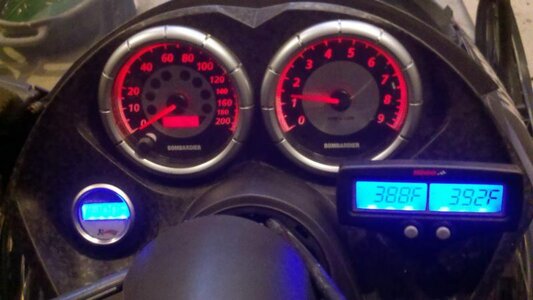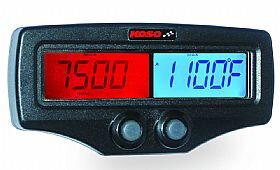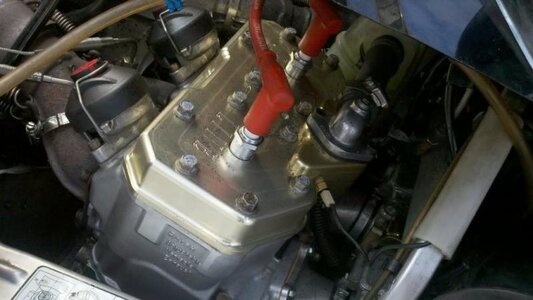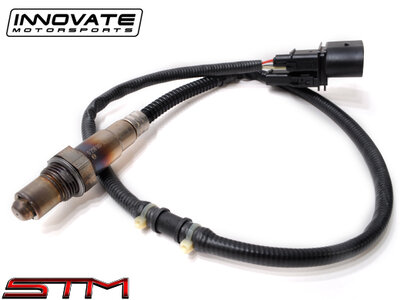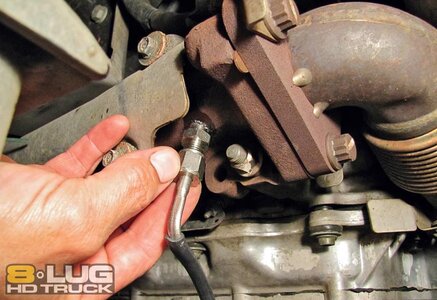JGringo
When in doubt, Throttle-out.
- Location
- Lafayette, Louisiana
Hey X-members,
I was just wondering if anyone has ever looked into installing EGT, water temp, or 02 sensors to their ski before? I have been looking around for solutions to avoiding detonation with my ski's engine, as well as improving my ability to fine tune my carburetors...
I have been looking into snowmobile EGT sensory systems like Digatron, Innovate, and KOSO for adequate PWC applications. Does anyone else have experience with this? Would this be overkill or a knowledgeable investment/idea??
Some of these systems can read EGT, 02, and Water temp values all at once. This would clearly help the user prevent engine failure, however, installation of the sensors would be a hell of a task...
:scratchchin: ___Thoughts?
-Gringo
I was just wondering if anyone has ever looked into installing EGT, water temp, or 02 sensors to their ski before? I have been looking around for solutions to avoiding detonation with my ski's engine, as well as improving my ability to fine tune my carburetors...
I have been looking into snowmobile EGT sensory systems like Digatron, Innovate, and KOSO for adequate PWC applications. Does anyone else have experience with this? Would this be overkill or a knowledgeable investment/idea??
Some of these systems can read EGT, 02, and Water temp values all at once. This would clearly help the user prevent engine failure, however, installation of the sensors would be a hell of a task...
:scratchchin: ___Thoughts?
-Gringo
Attachments
Last edited:

